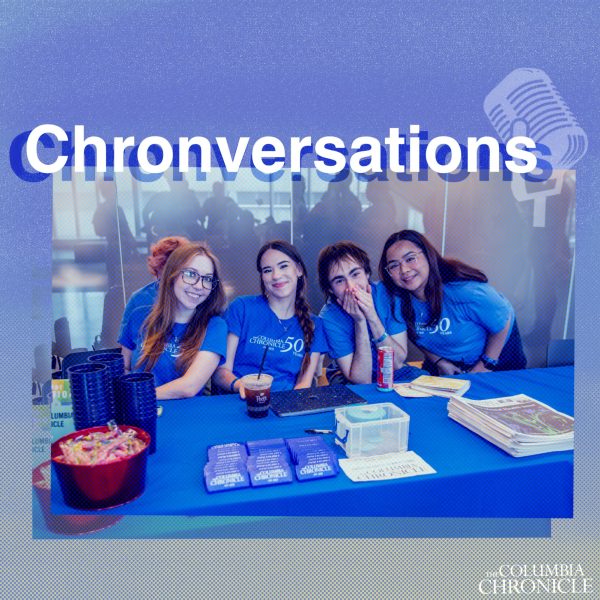Swine flu plan A: Prevention
September 6, 2009
As students return and flu season approaches, prevention efforts against swine flu, caused by the H1N1 virus, are a top priority of schools nationwide, including Columbia.
College students are one of the greatest groups at risk because of close living quarters. Young adults also comprised a large number of cases in spring 2009. The Incident Assessment Task Force at Columbia has formed a sub committee to address how the school will face the threat of the virus among students and staff.
“In terms of protocol, we are practicing the recommendations that the CDC [Centers for Disease Control and Prevention] has in terms of hand sanitizers,” said Bob Koverman, associate vice president of Campus Safety and Security. “We’ve issued hand sanitizers to everyone moving into the residence halls,” Koverman said.
According to Koverman, the IATF committee brings together Residence Life, Student Affairs, Media Relations, Office of Facilities and Operations, Office of the General Counsel, Human Resources, Academics as well as Campus Safety and Security.
Kathleen Sebelius, the U.S. Secretary of Health and Human Services, said in a press release on Aug. 25 that vaccinations must be the country’s defense against a breakout because “what we learned last spring is that shutting a school down preemptively doesn’t stop the virus from spreading.”
According to Columbia’s Web site on Sept. 2, the Chicago Department of Public Health confirmed the school will receive vaccine for vaccinations, but the quantity is still undecided. Currently, the primary preventative measure is sanitization.
President Barack Obama’s Council of Advisors on Science and Technology released a report on Aug. 24 that said a “plausible scenario is that the epidemic could produce infection of 30 to 50 percent of the U.S. population this fall and winter.”
Dr. Stephanie Black, medical director in Acute Disease Surveillance at the CDPH, said it is unlikely these numbers will come to fruition, but the government is taking on the difficult task of giving lowest and highest figures so people can make preventative plans.
Koverman said although he is hoping the college doesn’t have a large outbreak of the flu, administrators are “in tune with what the CDC puts out.”
Self-isolation is one suggestion made by the CDC that the committee strongly advocates. The CDC suggests that an option for colleges is to separate healthy students from their sick roommates in dorms.
“We’ve designated a number of rooms to move the healthy students [into] if a roommate does become sick,” Koverman said.
Because flu symptoms cover a large spectrum of severity, Koverman suggested, “If you’re sick, listen to what your body is telling you … be a good student, be a good neighbor … be a good community member and if you’re sick, stay in your room and practice self-isolation.”
Due to the importance of self-isolation, Louise Love, vice president of Academic Affairs, requested in an e-mail Sep. 4 that faculty members provide alternative work options that a student may complete from home, instead of coming to class should they fall ill. Love acknowledged each department still has the final word on attendance policies.
Columbia continues to seek guidance from the CDPH. In the urban community, vaccinations remain the preventative tool of choice. The CDPH also still advises Chicagoans to get the seasonal flu vaccine in addition to H1N1 vaccine.
Updates at Colum.edu/News.
tgleason@chroniclemail.com







